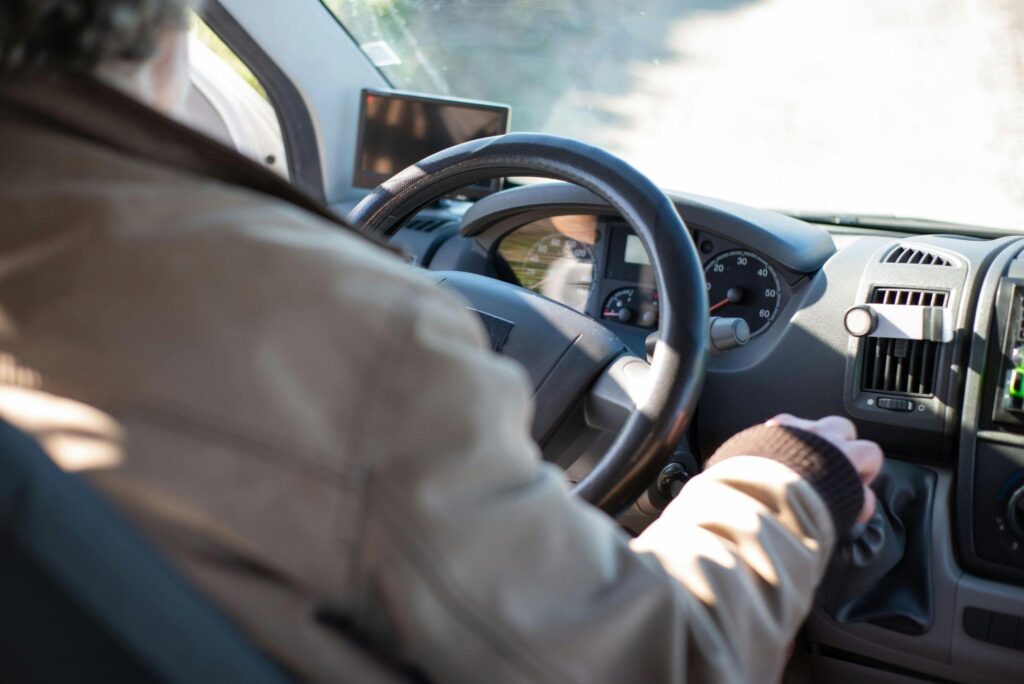
Photo by Kampus Production
Introduction
Every life lost on the road is a tragedy, but inspired by this harsh reality, auto pioneers are blazing a trail of safety-focused innovation that’s rewriting the rules of the road. Despite significant improvements over the years, the number of traffic fatalities remains alarmingly high. According to the National Highway Traffic Safety Administration (NHTSA), there were 42,915 motor vehicle fatalities in the U.S. last year. A sobering number like this drives home the point that safety can’t be taken for granted. Who wouldn’t want to ride safer roads, free from the menace of avoidable crashes? Emerging tech advancements are converging to make that dream a reality – sooner rather than later.
The Current State of Automotive Safety
Advanced Driver Assistance Systems (ADAS)
Advanced Driver Assistance Systems (ADAS) have become increasingly common in modern vehicles. Crunch time happens when forward collision warnings kick in, keeping you safe with split-second reactions. Automatic emergency braking saves the day by jumping into action before disaster strikes, while lane-keep assistance keeps you in your lane. Vehicles packing camera and radar capabilities don’t just react to their surroundings – they dynamically interact, interpreting visual cues to make informed decisions on the fly.
The Limitations of Current ADAS
Despite their promise, current ADAS technologies have limitations. The latest findings from AAA raise a red flag: it turns out these systems aren’t as reliable as we thought in common driving situations. In tests involving automatic emergency braking, none of the vehicles tested could prevent a collision with an oncoming vehicle, and collisions with cyclists occurred one-third of the time. This underscores the importance of not only refining ADAS but also being prepared for the aftermath of accidents. In the unfortunate event of a vehicular accident, having quick access to a comprehensive directory of personal injury lawyers can be crucial. Such resources can help victims navigate the legal landscape, ensuring they receive proper representation and support during these challenging times. We’ve seen that ADAS can indeed make our roads safer, but don’t be fooled – they’re not fail-safe, and refinement is still essential.
Next-Generation Safety Technologies
Radar and Its Evolution
Radar has been a staple in vehicle safety systems since the 1990s, primarily used for adaptive cruise control and blind spot monitoring. However, traditional radar lacks the resolution needed for more complex driving scenarios. Next-generation imaging radar promises higher resolution and better performance, enabling more precise detection of objects and their velocities.
The Rise of 3D and 4D LiDAR
One significant breakthrough has been the precision leap in LiDAR technology. Now, it’s possible to accurately pinpoint the distance and speed of objects like never before.
3D LiDAR
When 3D LiDAR bursts onto the scene, it bathes the environment in a laundry list of laser-generated data points, effectively crafting precise maps for vehicles to follow. But there’s a catch – it’s a sensitive tool that can get knocked off course by other sensors or factors like harsh sunlight.
4D LiDAR
4D LiDAR builds on 3D LiDAR by adding velocity measurement capabilities. This allows for immediate hazard detection, such as an oncoming car or a pedestrian suddenly appearing on the road. With its ability to measure objects from greater distances and resistance to interference, 4D LiDAR provides a more reliable and comprehensive view of the surroundings.
The Role of AI and Advanced Processors
The sheer volume of data generated by modern sensors requires advanced processing capabilities. Picture this: a torrent of calculations, fueled by data from a diverse array of sensors, being solved at breakneck speed by these state-of-the-art computer chips – the result is a granular, real-time understanding of the vehicle’s entire ecosystem. City streets are chaotic, and these processors help you make snap decisions while staying safe – a vital combo in heavy traffic. Think of it as having an eagle eye on the road: real-time traffic data merged with sophisticated vehicle safety systems, arming drivers with the knowledge they need to steer clear of trouble before it arises.
Speeding Up Adoption of Safety Technologies
Regulatory and Industry Collaboration
It’s a teamwork issue—automotive manufacturers and regulators need to come together to make a real impact on safety technology adoption. With agencies like the NHTSA calling the shots, you can bet your bottom dollar that safety standards are going to be robust. Expanding the New Car Assessment Program (NCAP) to include test procedures for pedestrian automatic emergency braking (PAEB) can ensure that new technologies are thoroughly vetted and standardized.
Enhancing Driver Awareness and Training
Even with sleek new tech on the scene, driver education and hands-on experience remain core building blocks of responsible, accident-free driving. To really get a handle on the latest safety systems and crisis management techniques, driver education programs should make room for state-of-the-art simulators. Unsafe driving practices can be a thing of the past if drivers simply understand the capabilities and limitations of advanced driver-assistance systems.
The Path to Zero Fatalities
The goal of zero traffic fatalities is ambitious but achievable with concerted efforts. Road safety is an ongoing battle, but with the latest innovations at our disposal, we’re gaining ground fast. The goal? Fewer crashes, fewer injuries, and fewer lives lost. Safety on the roads demands that we install these technologies in every new vehicle, covering not just autonomous cars but all types of vehicles, to shield drivers, passengers, pedestrians, and cyclists from harm.
Conclusion
The days of reaction-only road safety are numbered. Tomorrow’s cars will be able to predict and prevent hazards, and react swiftly when the unexpected happens. What ADAS started, next-gen innovations will finish—revolutionizing vehicle safety with 4D LiDAR’s precision, advanced radar range, and AI-powered processors that can react in real time to keep drivers and passengers safe. Imagine a future where road accidents are a thing of the past. This vision becomes more attainable when we harness the power of emerging technologies and work hand-in-hand with regulatory bodies and industry leaders to make our roads safer.









More Stories
RAM Trucks in Toronto: Why CarHub North York Chrysler Delivers the Best Experience
Buying Car Insurance in Toronto? Don’t Make These Rookie Mistakes
Extend Your Range, Maximize Your Storage with FRDM’s 45 Gallon Combo